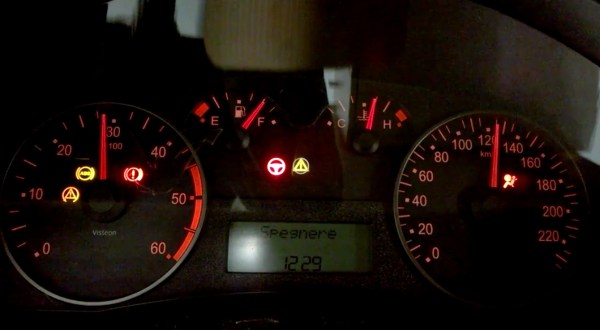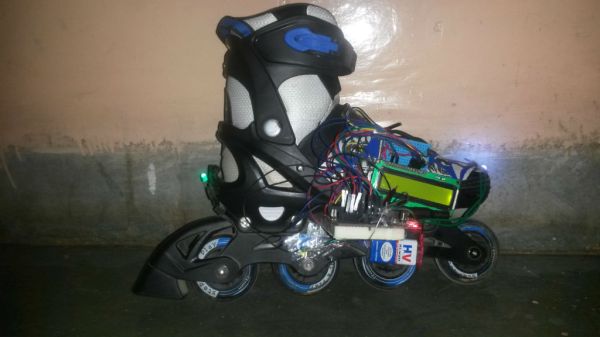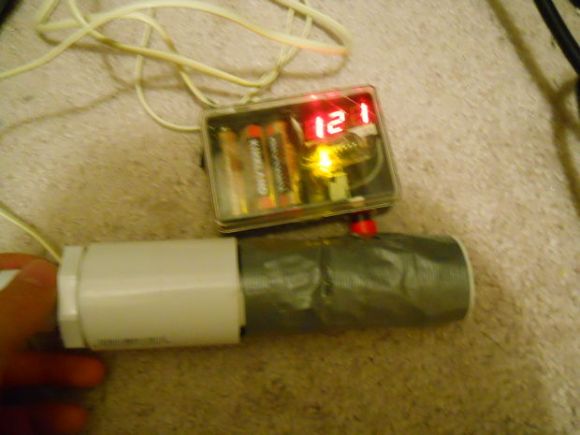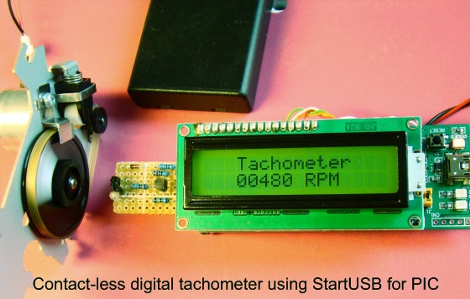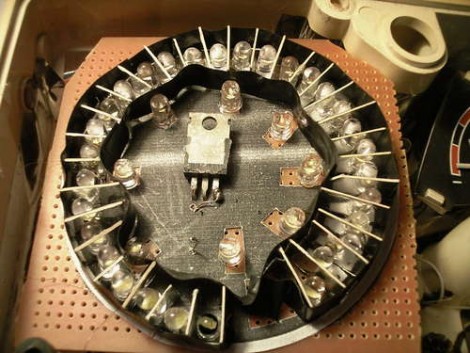The handlebars of this Honda CL175 ended up being perfect for holding two Nixie tubes which serve as the speedometer. There are two circular cavities on the front fork tree which are the same size as the Nixies. Wrapping the tubes in a bit of rubber before the installation has them looking like they are factory installed!
This isn’t a retrofit, he’s added the entire system himself. It starts with a hall effect sensor and magnets on the rear wheel and swing arm. Right now the result is 4 MPH resolution but he plans to add more magnets to improve upon that. For now, the driver and speedometer circuitry are hosted on protoboard but we found a reddit thread where [Johnathan] talks about creating a more compact PCB. If your own bike lacks the fork tree openings for this (or you need help with the drivers) check out this other Nixie build for a slick-looking enclosure idea.
The link at the top is a garage demo, but last night he also uploaded a rolling test to show the speedometer in action. Check out both videos after the break.
Continue reading “Nixie Tube Speedometer In Motorcycle Handlebars”


